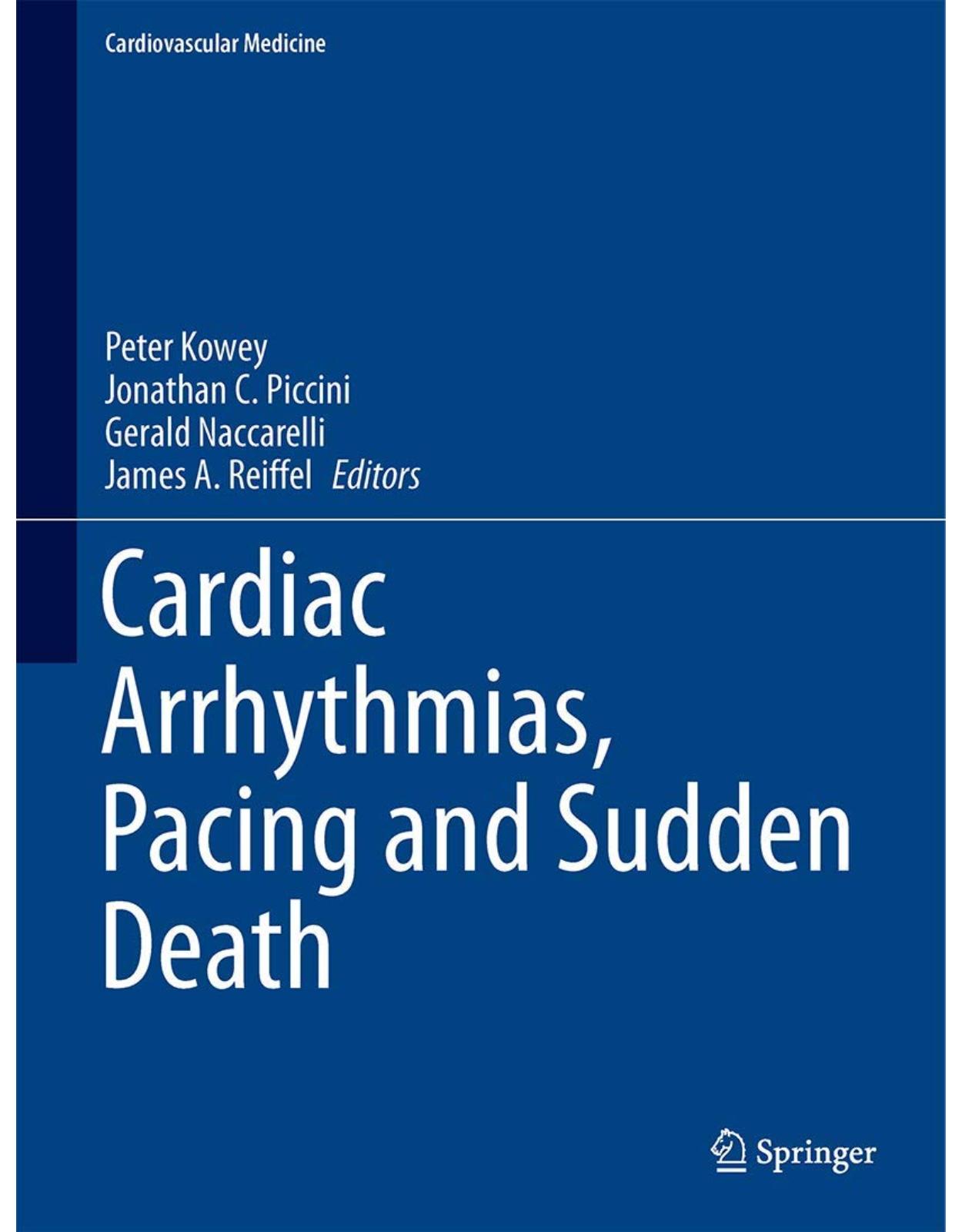
Cardiac Arrhythmias, Pacing and Sudden Death (Cardiovascular Medicine)
Livrare gratis la comenzi peste 500 RON. Pentru celelalte comenzi livrarea este 20 RON.
Disponibilitate: La comanda in aproximativ 4 saptamani
Editura: Springer
Limba: Engleza
Nr. pagini: 306
Coperta: Hardcover
Dimensiuni: 21.59 x 2.54 x 27.94 cm
An aparitie: 18 Sept. 2017
Description:
This book provides up-to-date, user-friendly and comprehensive guidance on the evaluation, diagnosis, and medical and surgical treatment of cardiac arrhythmias. This ensures that that this title aids every trainee and practicising cardiologist, cardiac electrophysiologist, cardiac surgeon, vascular surgeon, diabetologist, cardiac radiologist and any physician who manages cardiac patients. Cardiovascular Medicine: Cardiac Arrhythmias, Pacing and Sudden Death covers every aspect of cardiac arrhythmias, from cardiac signs and symptoms through imaging and the genetic basis for disease to surgery, interventions, treatment and preventive cardiology. This coverage is presented with consistent chapter organization, clear design, and engaging text that includes user-friendly features such as tables, lists and treatment boxes.
Table of Contents:
Contributors
1: Basic Electrophysiology
Introduction
The Cardiac Action Potential
What Is an Action Potential? (AP)
How Is the Cardiac AP Generated?
Membrane Potential, Equilibrium Potential and Driving Force
Channel Gating
Stages of the Cardiac AP
Phase 4: the Resting Membrane Potential
Phase 0: The Rapid Upstroke
Phase 1: Early Repolarization
Phase 2: The AP Plateau
Phase 3: Repolarization
Contraction of Cardiac Myocytes
Ca2+-Induced Ca2+ Release
Excitation-Contraction Coupling
Automaticity: The Cardiac Pacemakers
The Membrane Clock Model
The Ca2+ Clock Model
Other Currents
Cardiac Conduction
Cell-Cell Coupling
Arrhythmogenesis
Abnormal Automaticity
Afterdepolarizations and Triggered Activity
Early Afterdepolarizations (EADs)
Delayed Afterdepolarizations (DADs)
Reentry
Anatomical Reentry
Functional Reentry
References
2: Pathophysiology of Atrial Fibrillation
Introduction
Conditions and Diseases That Affect AF Generation
Pathophysiology of AF Initiation: Triggers and Substrate
Pathophysiology of AF Maintenance: Atrial Electrical and Structural Remodeling
Atrial Electrical Remodeling
Atrial Structural Remodeling
Is There a “Vulnerable Window” for Development of AF in the Spectrum of Atrial Structural
Electrophysiological Mechanisms of AF: Focal and Reentry
References
3: Genomics of Cardiac Arrhythmias
DNA Variants
Conventional Approaches to Finding Genes in Familial Traits
Contemporary Approaches to Finding Trait Associated Genetic Variation
The Genome-Wide Association Study
Specific Arrhythmias: Atrial Fibrillation
Specific Arrhythmias: Sudden Cardiac Death
Specific Arrhythmias: Drug-Induced Torsades de Pointes
Antiarrhythmic Drug Pharmacogenetics
Summary and Cautionary Notes
References
4: Channelopathies: Clinical Presentation and Genetics
Long QT Syndrome (LQTS)
Clinical Presentation of LQTS
Genetic Basis and Genotype-Phenotype Correlations
Risk Stratification in LQTS
Brugada Syndrome (BrS)
Clinical Presentation of BrS
Genetic Basis and Genotype-Phenotype Correlations
Risk Stratification in BrS
Catecholaminergic Polymorphic Ventricular Tachycardia (CPVT)
Clinical Presentation of CPVT
Genetic Basis and Genotype-Phenotype Correlations of CPVT
Risk Stratification in CPVT
References
5: Extended ECG Monitoring
Introduction
Recording Systems for Extended Rhythm Monitoring
Holter-ECG
External Cardiac Event Recorders
Implantable Cardiac Monitors (ICMs)
Clinical Applications of Non-invasive ECG Monitoring
Atrial Fibrillation and Cryptogenic Stroke
AF Burden Directing Medical or Invasive Management
Palpitations and Unknown Arrhythmia
Unexplained Syncope and Vasovagal Syncope
Screening for Ventricular Arrhythmia and Risk Assessment of Sudden Cardiac Death
References
6: Sudden Cardiac Death: Methods of Risk Prediction
Introduction
Genetics and Genomics
Left Ventricular Ejection Fraction
Resting Electrocardiogram (QRS and QT Intervals)
Ambulatory Electrocardiogram (Holter Recording of Ventricular Ectopy and Heart Rate Turbulence)
Exercise Electrocardiogram (NSVT and T-wave Alternans)
Signal Averaged Electrocardiography
Electrophysiology Study
Imaging: Assessing Scar Burden
Imaging: Assessing Sympathetic Denervation (MIBG)
Imaging: Assessing Sympathetic Denervation (Positron Emission Tomography)
Summary
References
7: Electrophysiologic Testing and Cardiac Mapping
Indications
Contraindications
Potential Complications
Electrophysiology Laboratory Requirements
Procedural Preparation
Vascular Access
Catheter Selection and Location
Basic EPS Protocol
Baseline Conduction Intervals
Assessment of Sinus Node Function
Programmed Stimulation
Evaluation of Refractoriness and Conduction
Induction of Tachycardia
Cardiac Mapping Techniques
Advanced Computerized Mapping
Three-Dimensional Electroanatomic Mapping Systems
Imaging Modalities for EPS and Ablation
Intracardiac Echocardiography
Summary
References
8: Antiarrhythmic Drug Management of Atrial Fibrillation
Introduction
Principles or Antiarrhythmic Drug Therapy for Maintaining Sinus Rhythm
Goals of Antiarrhythmic Drug Therapy
Pharmacologic Cardioversion of Atrial Fibrillation
Pill-in-the-Pocket Approach
Selection of an Antiarrhythmic Drug
Initiation of Antiarrhythmic Drug Therapy
Assessment of Rhythm Control
Comparative Efficacy of Antiarrhythmic Drugs
Beta-Blockers
Disopyramide
Propafenone and Flecainide
Sotalol
Dofetilide
Amiodarone
Dronedarone
Optimizing the Use of Antiarrhythmic Drugs: Special Situations
Shortening the Duration of Therapy
Postoperative Atrial Fibrillation
Proarrhythmia
Ablation
New Antiarrhythmic Drugs
Ranolazine
Budiodarone
Atrial Repolarisation Delaying Agents (ARDAs)
Small-Conductance Calcium-Activated Potassium Channels
References
9: Anticoagulants for Atrial Fibrillation
Introduction
Assessing Stroke and Bleeding Risks in Atrial Fibrillation
The CHADS2 Score
The CHA2DS2-VASc Score
The HAS-BLED Score
Oral Anticoagulants
Vitamin K Antagonists (VKA)
Non-vitamin K Antagonist Oral Anticoagulants (NOAC)
Management of Bleeding
Choosing Between VKA or NOAC?
Patient Values and Preferences
References
10: Cardiac Pacemakers
Introduction
Pacemaker Components
Pacing Nomenclature
Pacing Modes
Single or Dual-Chamber Asynchronous Pacing (AOO, VOO, DOO)
AAI(R) and VVI(R) Pacing Modes
DDD Pacing Mode
DDI Pacing Mode
VDI Pacing Mode
VDD Pacing Mode
Pacing Indications
Pacemaker Outpatient Follow-Up
Electrocardiogram Characteristics Based on Pacing Lead Location
P Wave Morphology
Morphology of QRS Complex
Biventricular Pacemakers
Other ECG Changes Related to Pacing Stimulation
Troubleshooting
Summary
References
11: Implantable and Wearable Defibrillator Therapy
Definition and Epidemiology of Sudden Cardiac Death
Mechanisms of SCD
Risk Stratification for SCD
Defibrillators, a Historical Perspective
Strategies for SCD Prevention
Primary Prevention of Sudden Cardiac Death: Ischemic Cardiomyopathy
Primary Prevention of Sudden Cardiac Death: Non-ischemic Cardiomyopathy
Secondary Prevention of Sudden Cardiac Death
Defibrillator Therapy for the Management of Heart Failure
The Subcutaneous Defibrillator (S-ICD)
The Wearable Defibrillator (LifeVest)
References
12: Atrial Fibrillation Ablation
Introduction
Basis for Pulmonary Vein Isolation
Pulmonary Vein Anatomy and Signals Assessment
Assessing PV Potentials
Techniques and Results of PVI
Pulmonary Veins Reconnection
Maximizing Durable Pulmonary Vein Isolation
Complex Fractionated Atrial Electrograms
Linear Ablation
Roof Line
Mitral Line
Role of Non-PV Sources
Ganglion Plexi Modification
Focal Impulse and Rotor Modulation
Balloon Based Technology
Cryoballoon
Laser-Balloon Ablation
Complications
Risk Factor Modification
References
13: Ventricular Tachycardia Ablation
Introduction
Technical Aspects of Catheter Ablation
Radiofrequency Ablation
Alternative Energy Sources
Access Considerations
Initial Considerations and Pre-procedural Workup for Patients Presenting with VT
Complications of Catheter Ablation
Patients with Structurally Normal Hearts
Outflow Tract Arrhythmias
Other Idiopathic Ventricular Arrhythmias
Sustained Monomorphic VT in Structural Heart Disease
Sustained Monomorphic VT due to Scar-Related Reentry
Ablation in Specific Disease
Ischemic Heart Disease
Dilated Cardiomyopathy
Arrhythmogenic RV Cardiomyopathy (ARVC)
Cardiac Sarcoidosis
Hypertrophic Cardiomyopathy
Repaired Congenital Heart Disease
Purkinje-Related Monomorphic VTs
Catheter Ablation for Polymorphic VT and Ventricular Fibrillation (VF)
Summary
References
14: Supraventricular Tachycardia
Supraventricular Tachycardia
Clinical Presentation
Obtaining Symptom Rhythm Correlation
Patterns of Presentation
Presentation in the Emergency Department with Ongoing Tachycardia
Presentation to an Out Patient Clinic with Symptoms Suggestive of SVT
A Patient with Prior Documented SVT Presenting for Consultation and Management
SVT with Pronged QRS Duration/Wide Complex SVT
Mechanisms of SVT
Atrial Tachycardia
AV Nodal Reentrant Tachycardia
Atrioventricular Reciprocating Tachycardia
Junctional Tachycardia
ECG
P Wave Morphology
Ratio of P Waves to QRS
Timing of P Wave to QRS
Initiation, Termination, and Cycle Length Variation
VT vs. SVT with Aberrancy
Bystander Pre-excitation
Accessory Pathways and Sudden Cardiac Death
Wide Complex Tachycardia with Accessory Pathways
“Concealed” Bypass Tracts
References
15: Clinical Management of Atrial Fibrillation
Introduction
Assessment of the Patient with AF
Choice of Rate Vs. Rhythm Control
Approach to Rate Control
Approach to Rhythm Control
Approach to Stroke Prevention
References
16: Ventricular Tachycardia and Fibrillation in Patients with Structural Heart Disease
Epidemiology
VT/VF as the Mechanism of SCD
Coronary Heart Disease
Pathophysiology: Acute Ischemia
Transient Ischemia and the Onset on Myocardial Infarction
Reperfusion After Transient Ischemia
Enhanced Automaticity and Accelerated Ventricular Rhythms Shortly After Onset of Myocardial Infa
VT/VF During the First 48 h After the Onset of Myocardial Infarction
Cardiac Arrest During Early Convalescence
Electrophysiologic Mechanisms
Onset of VT/VF
Treatment of VT
VT/VF in Patients with Nonischemic Cardiomyopathy
Dilated Cardiomyopathy
Pathophysiology
Predictors of VT/VF and SCD in Patients with DCM
Therapy to Prevent and Treat VT/VF in Patients with DCM
Special Populations
Alcoholic Cardiomyopathy
Left Ventricular Non-compaction (LVNC)
Amyloid
Sarcoid Cardiomyopathy
References
17: Ventricular Arrhythmias in the Absence of Structural Heart Disease
Introduction
Monomorphic VT in the Absence of Apparent SHD
Classification
Diagnostic Evaluation
General Approach
Repetitive Monomorphic VT
Epidemiology and Clinical Features
Site of Origin
Electrocardiographic Features
Electrophysiologic Features
Prognosis
Medical Therapy
Radiofrequency Ablation
Idiopathic Left Ventricular Tachycardia (ILVT)
Clinical Features
Site of Origin
Electrocardiographic Features
Electrophysiologic Features
Treatment of ILVT
Polimorphic VT and VF in the Absence of Apparent SHD
Congenital Long QT Syndrome (LQTS)
Epidemiology
Clinical Manifestations
Diagnosis
Treatment
Brugada Syndrome
Pathogenesis
Clinical Features
ECG Patterns
Diagnosis
Diagnostic Testing and Risk Stratification
Treatment
Catecholaminergic Polymorphic Ventricular Tachycardia
Early Repolarization
References
18: Bradyarrhythmias/Heart Blocks
Introduction
The Sinus Node-Related Bradycardias
Patterns of Sinus Node Dysfunction
Chronotropic Incompetence
Sinus Arrest
Sinus Node Exit Block
Causes of Sinus Node Dysfunction
Sinus Node Disease (Sick Sinus Syndrome)
The AV Conduction System-Related Bradycardias
Patterns of AV Block
First-Degree AV Block
Second-Degree AV Block
Third-Degree AV Block
Incomplete His-Purkinje System Blocks
Causes of AV Node Dysfunction
Congenital Heart Block
Lyme Disease
Cardiac Sarcoidosis
AV Block Associated with Ischemic Heart Disease
Causes of His-Purkinje System Dysfunction
Symptoms of the Bradycardias
Treatment of the Bradycardias
References
19: Syncope and Risk of Sudden Death
Introduction
Assessment
Initial Assessment
Determining the Etiology
Assessment of Mortality/Life-Threatening Risk
Assessment of Long-Term Risk
Longer-Term Risk
Shorter-Term and Immediate Risk (7–30 days)
Risk of Recurrence
Specific Cardiac Conditions
Ischemic Cardiomyopathy
Non-ischemic Cardiomyopathy
Arrhythmogenic Right Ventricular Cardiomyopathy (ARVC)
Hypertrophic Cardiomyopathy (HCM)
Long QT Syndrome (LQTS)
Brugada Syndrome
Impact on Healthcare Costs
References
20: Management of Ventricular Arrhtyhmias in Nonischemic Cardiomyopathic Syndromes
Dilated Cardiomyopathy
Hypertrophic Cardiomyopathy
Sarcoidosis
Chagas Disease
Left Ventricular Non-compaction Cardiomyopathy
Peripartum Cardiomyopathy (PPCM)
Takotsubo Cardiomyopathy
Fabry’s Disease
Arrhythmogenic Right Ventricular Dysplasia
Risk Stratification
PVC Mediated Cardiomyopathy
References
21: Arrhythmias in Congenital Heart Disease
Introduction
Tachycardias in CHD
Accessory Pathways
Atrioventricular Nodal Reentrant Tachycardia, and Twin AV Nodes
Intraatrial Reentrant Tachycardia
Atrial Fibrillation
Ventricular Tachycardia
Bradycardia in CHD
Sinoatrial Node Dysfunction
Atrioventricular Block in CHD
Summary
References
22: Arrhythmias in Special Populations
Arrhythmias in Pregnancy
Mechanisms
Supraventricular Tachycardia
Wolff-Parkinson-White and Preexcitation
Atrial Fibrillation and Flutter
Ventricular Tachycardia
Arrhythmias in Athletes
The Athletic Heart
Sinus Node Dysfunction
Atrioventricular Node Dysfunction
Supraventricular Tachycardia
Atrial Fibrillation/Flutter
Premature Ventricular Contractions
Hypertrophic Cardiomyopathy
Commotio Cordis
Anomalous Coronary Arteries
Arrhythmogenic Right Ventricular Dysplasia
Catecholaminergic Polymorphic Ventricular Tachycardia
Idiopathic Ventricular Tachycardia
Long QT Syndromes
Short QT Syndrome
Brugada Syndrome
Arrhythmias Following Heart Transplant
Sinus Bradycardia and Conduction System Disease
Atrial Fibrillation
Atrial Flutter
Ventricular Arrhythmias
Sudden Cardiac Death
Post-operative Arrhythmias
Bradycardias
Supraventricular Arrhythmias
Atrial Fibrillation/Flutter
Ventricular Arrhythmias
References
Index
| An aparitie | 18 Sept. 2017 |
| Autor | Peter Kowey, Jonathan P. Piccini , Gerald Naccarelli , James A. Reiffel |
| Dimensiuni | 21.59 x 2.54 x 27.94 cm |
| Editura | Springer |
| Format | Hardcover |
| ISBN | 9783319579986 |
| Limba | Engleza |
| Nr pag | 306 |

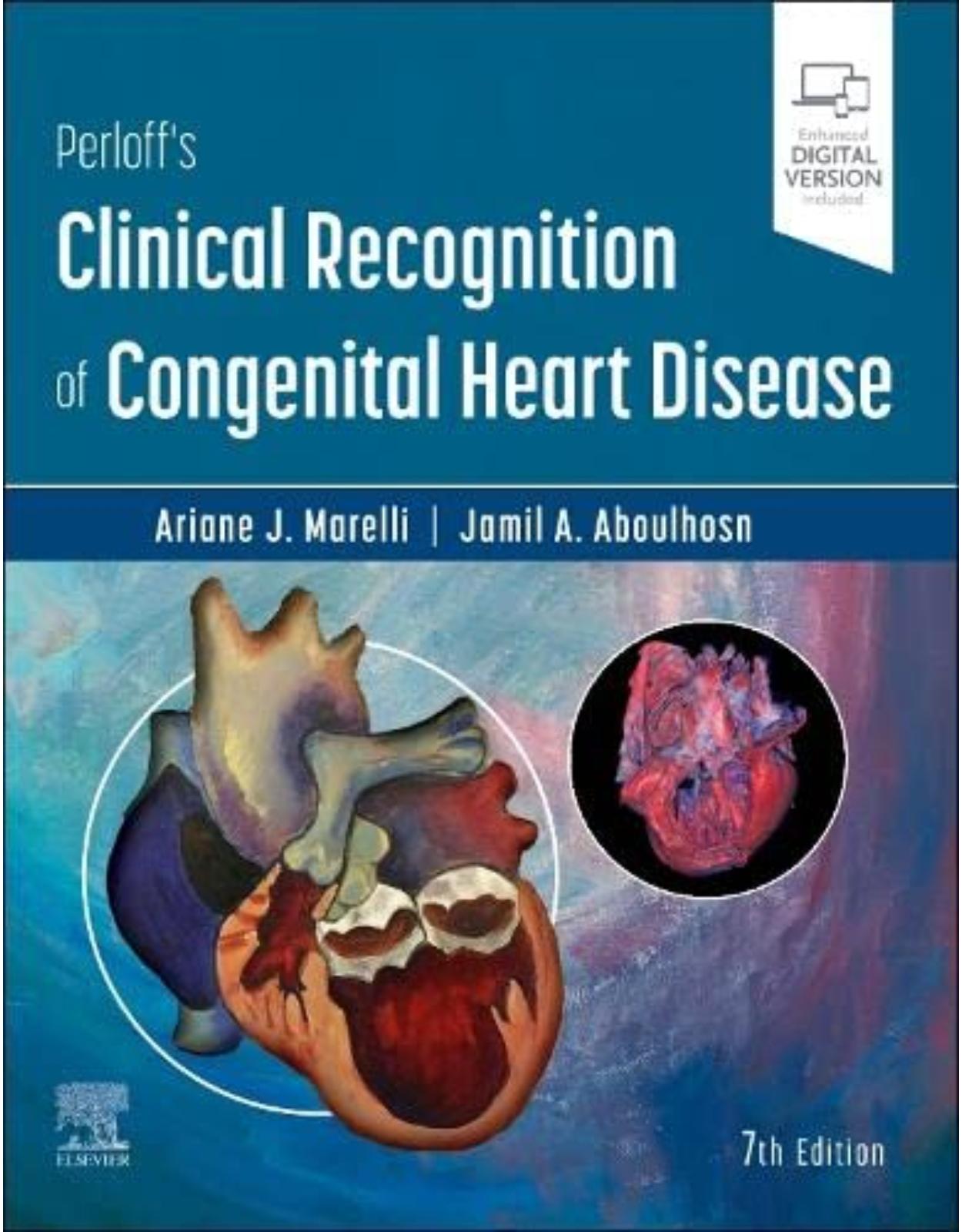
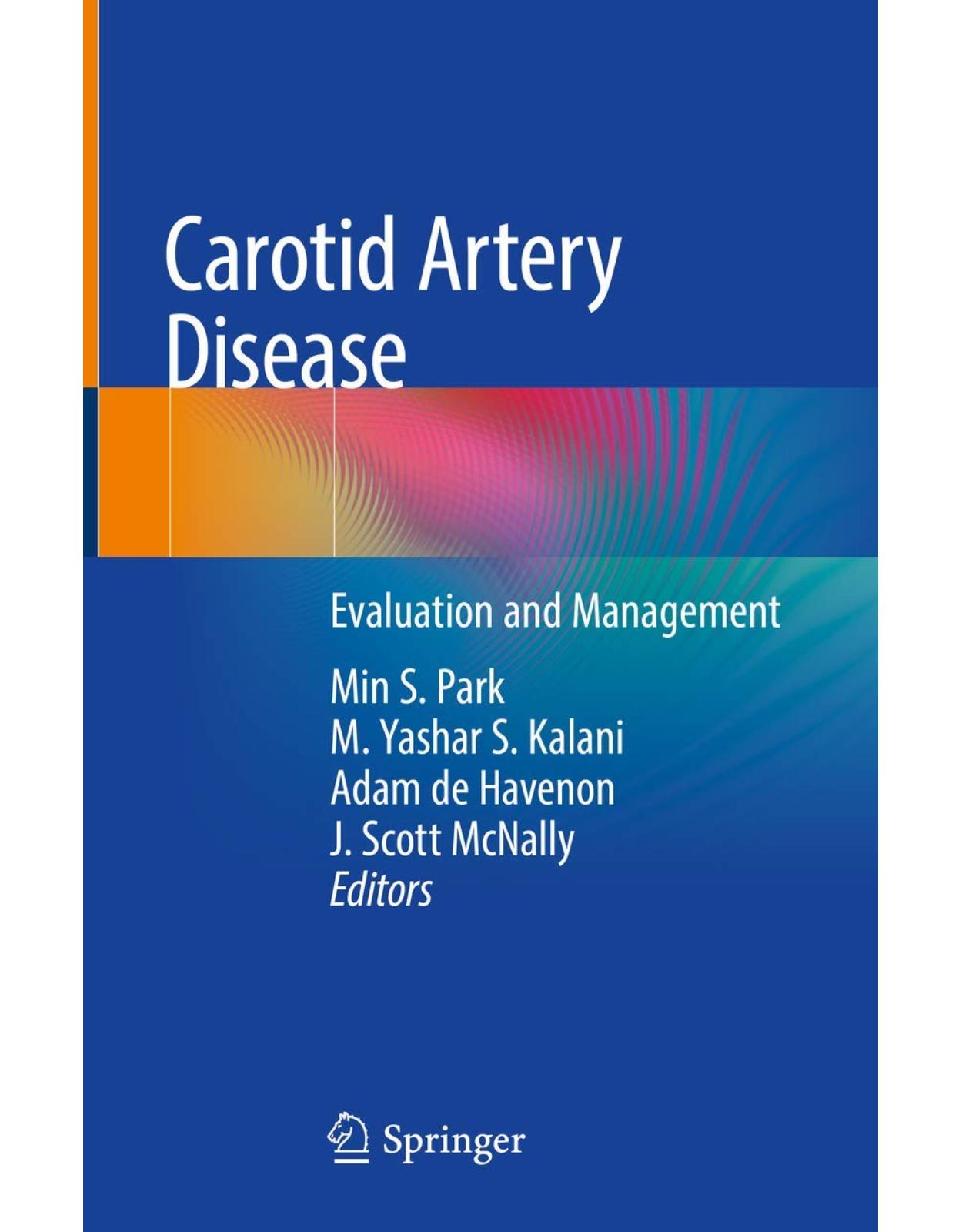

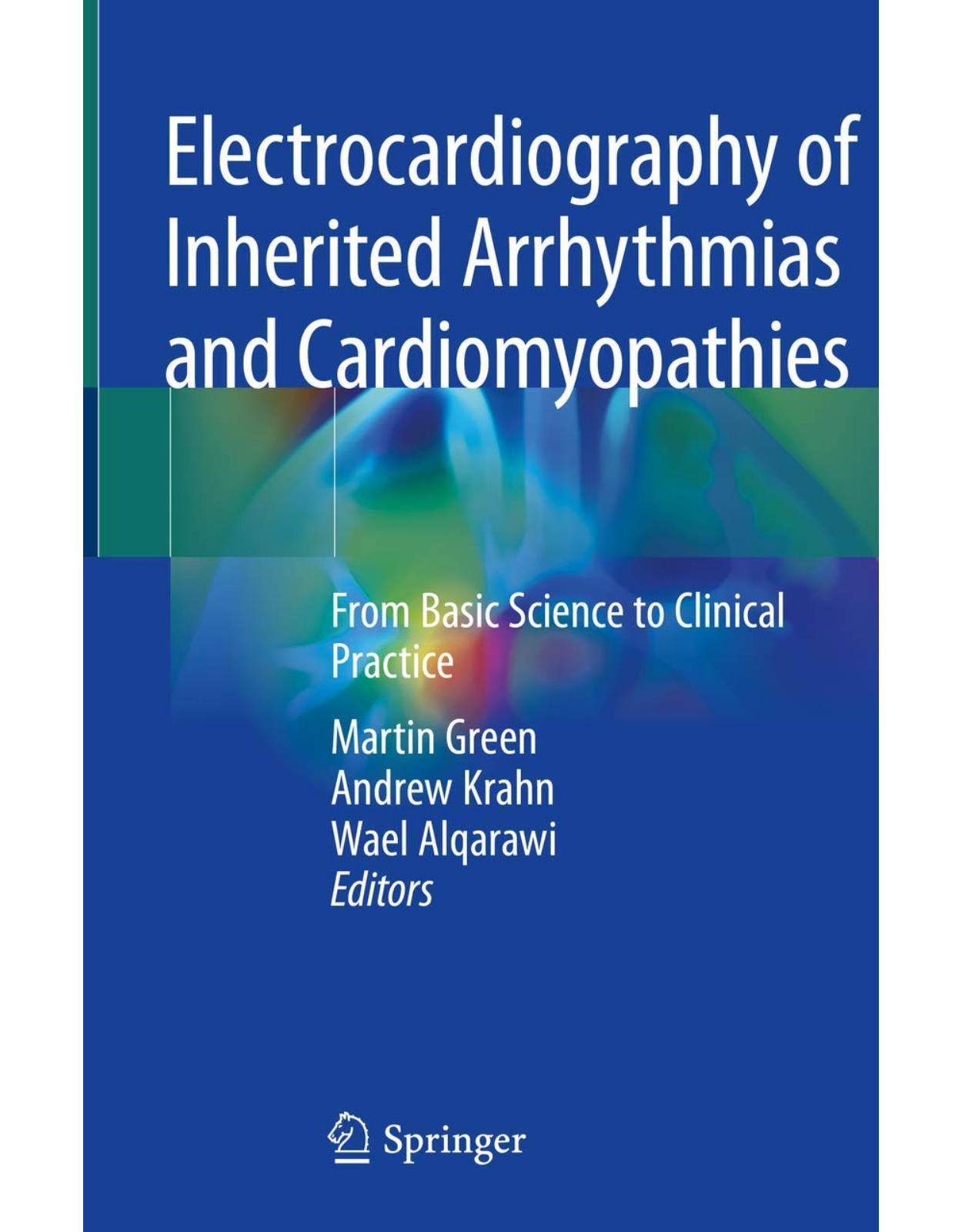
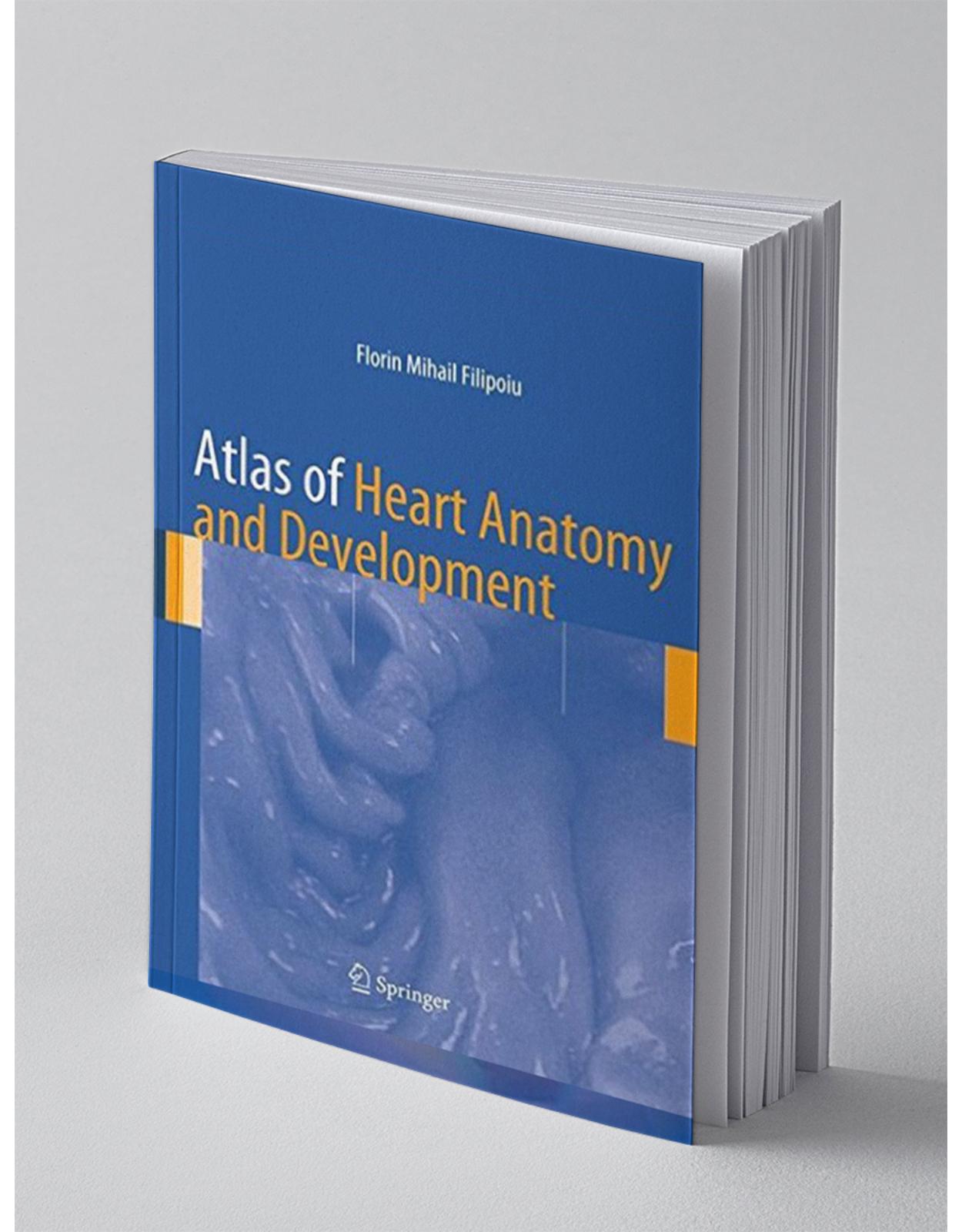
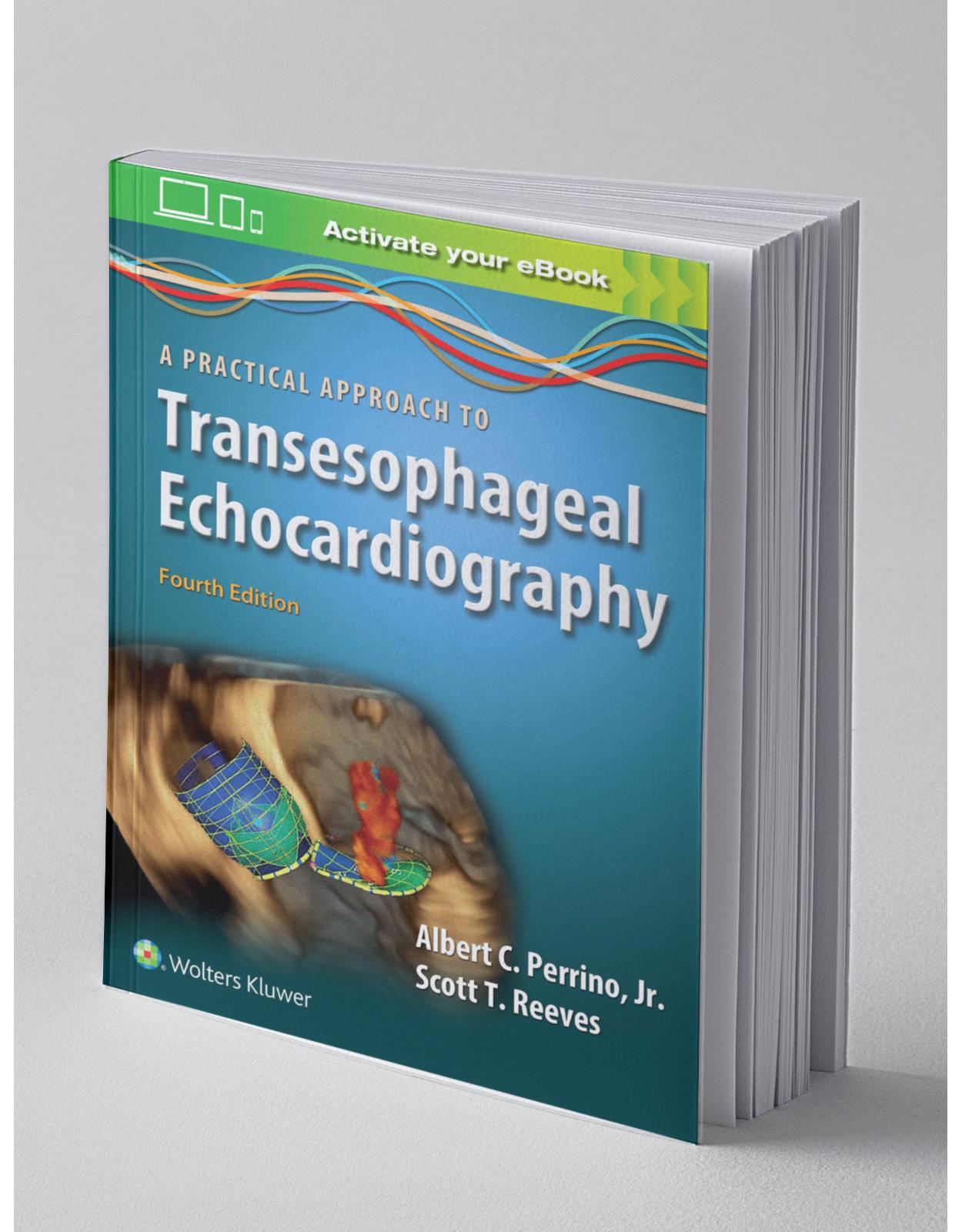
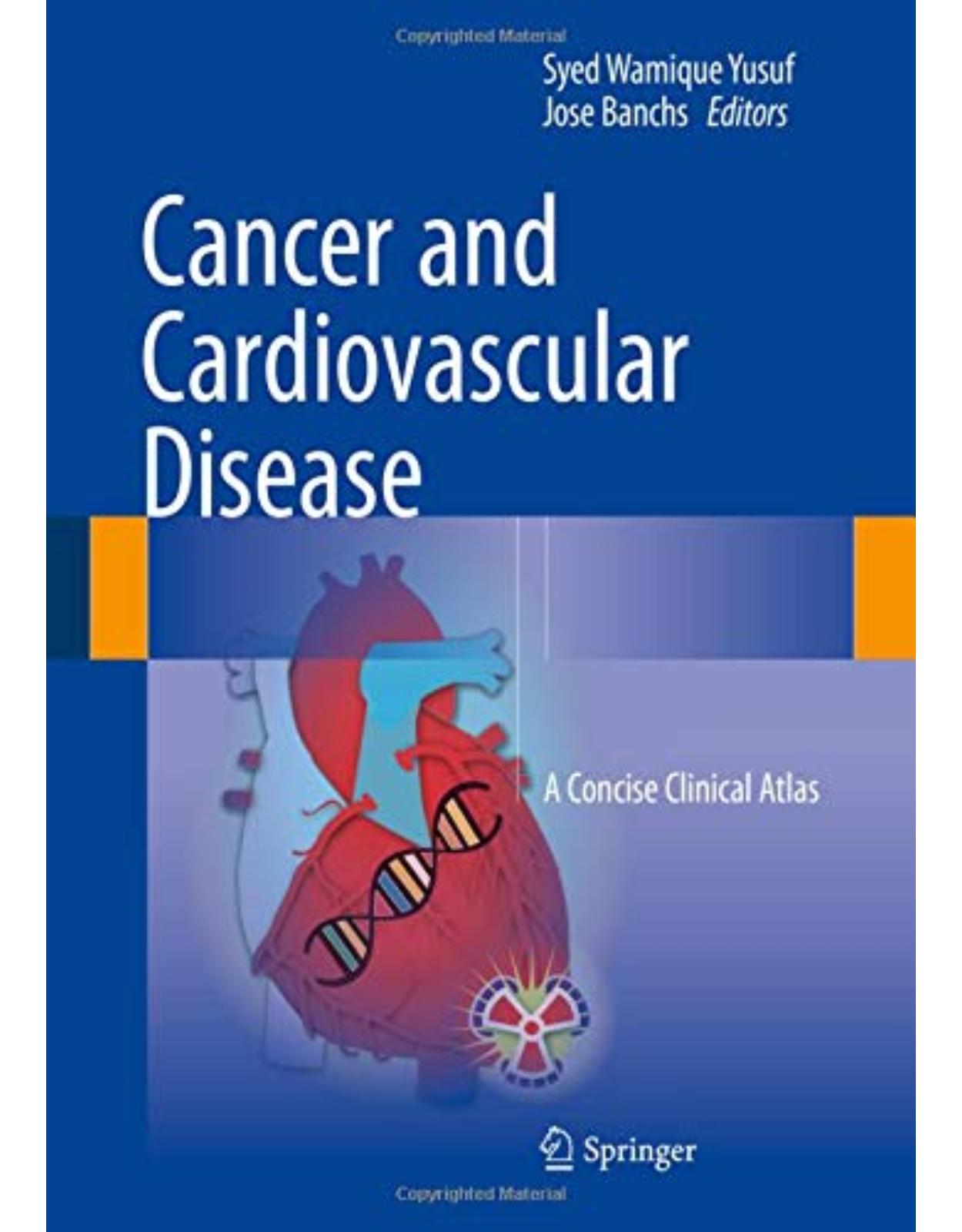
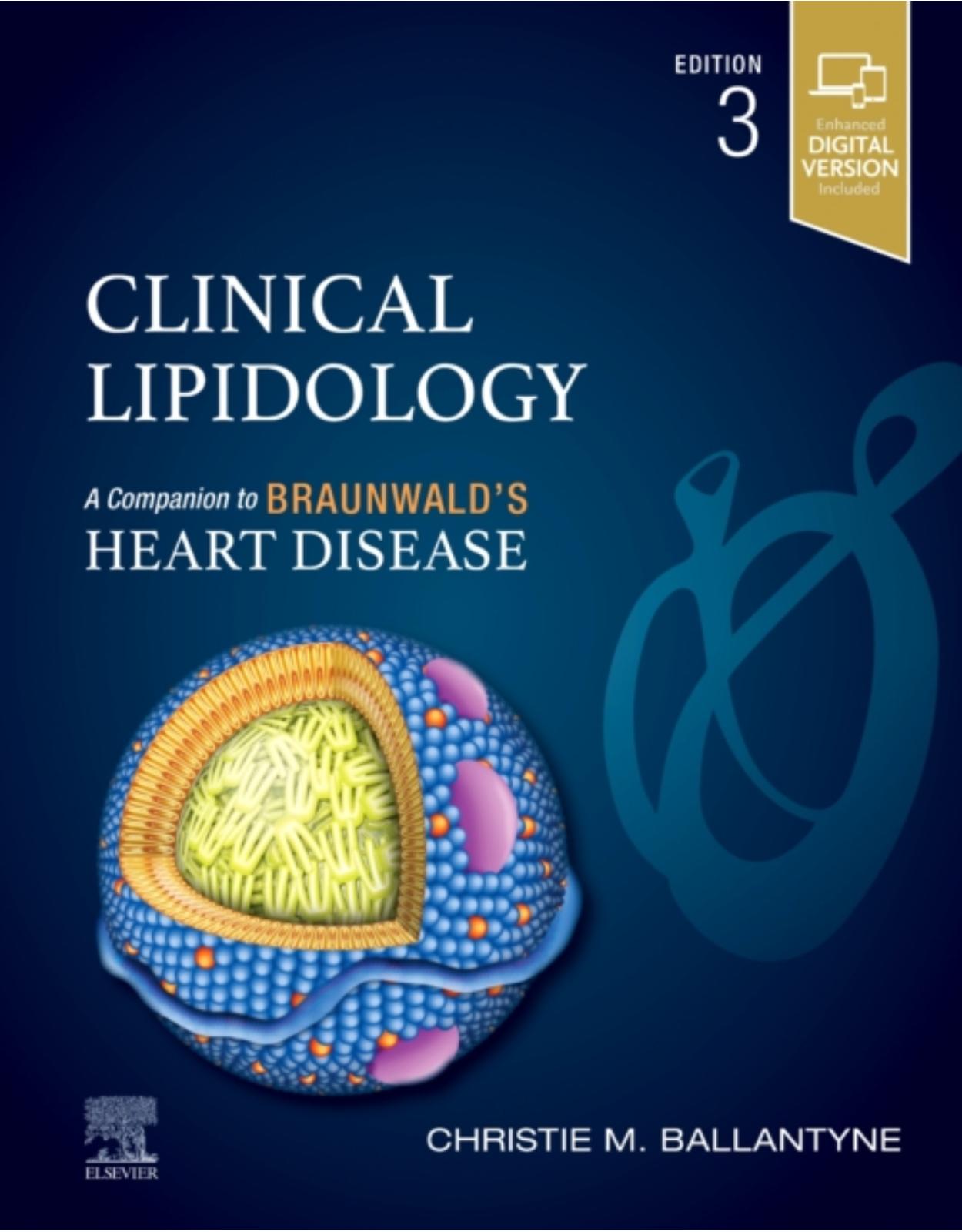
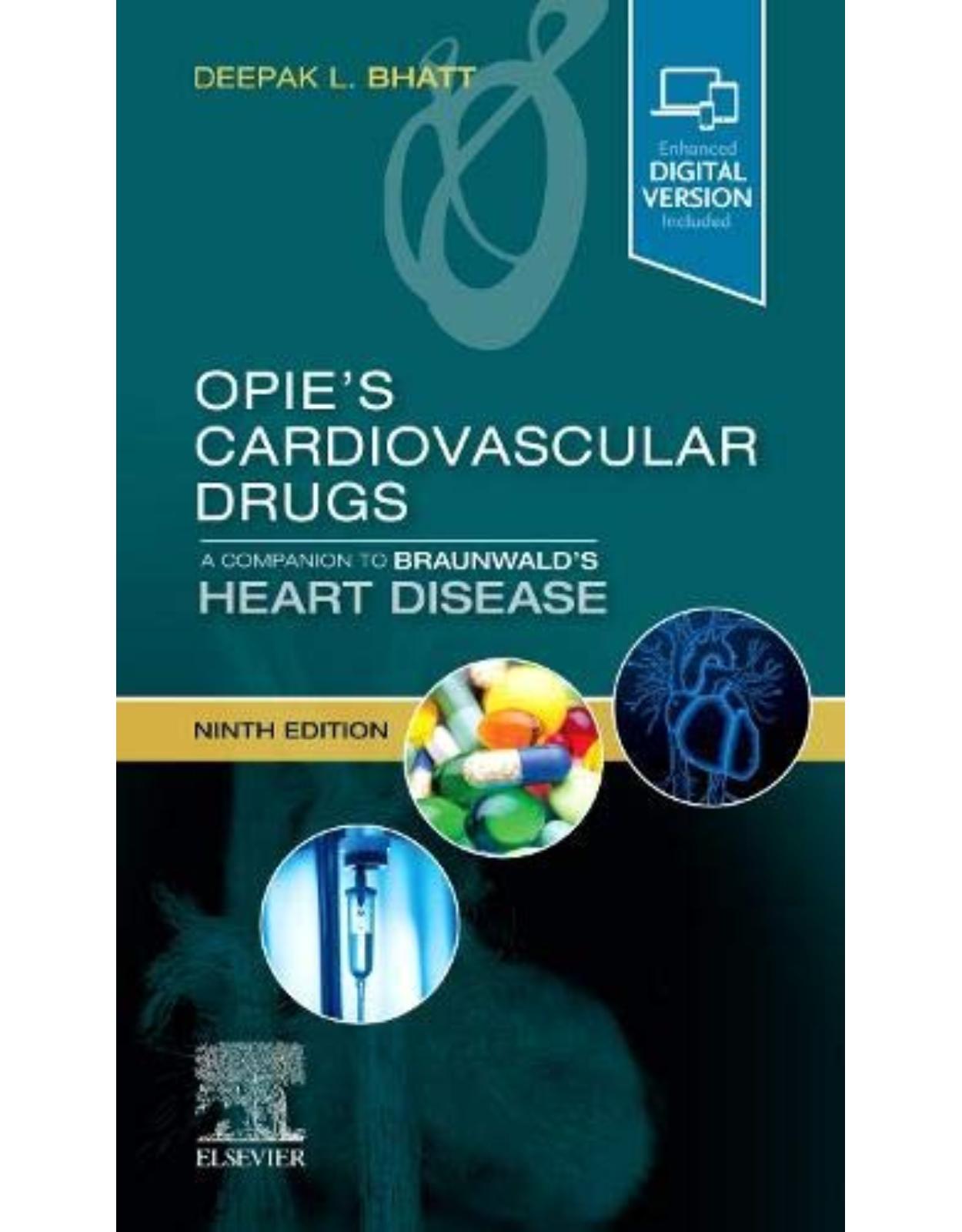
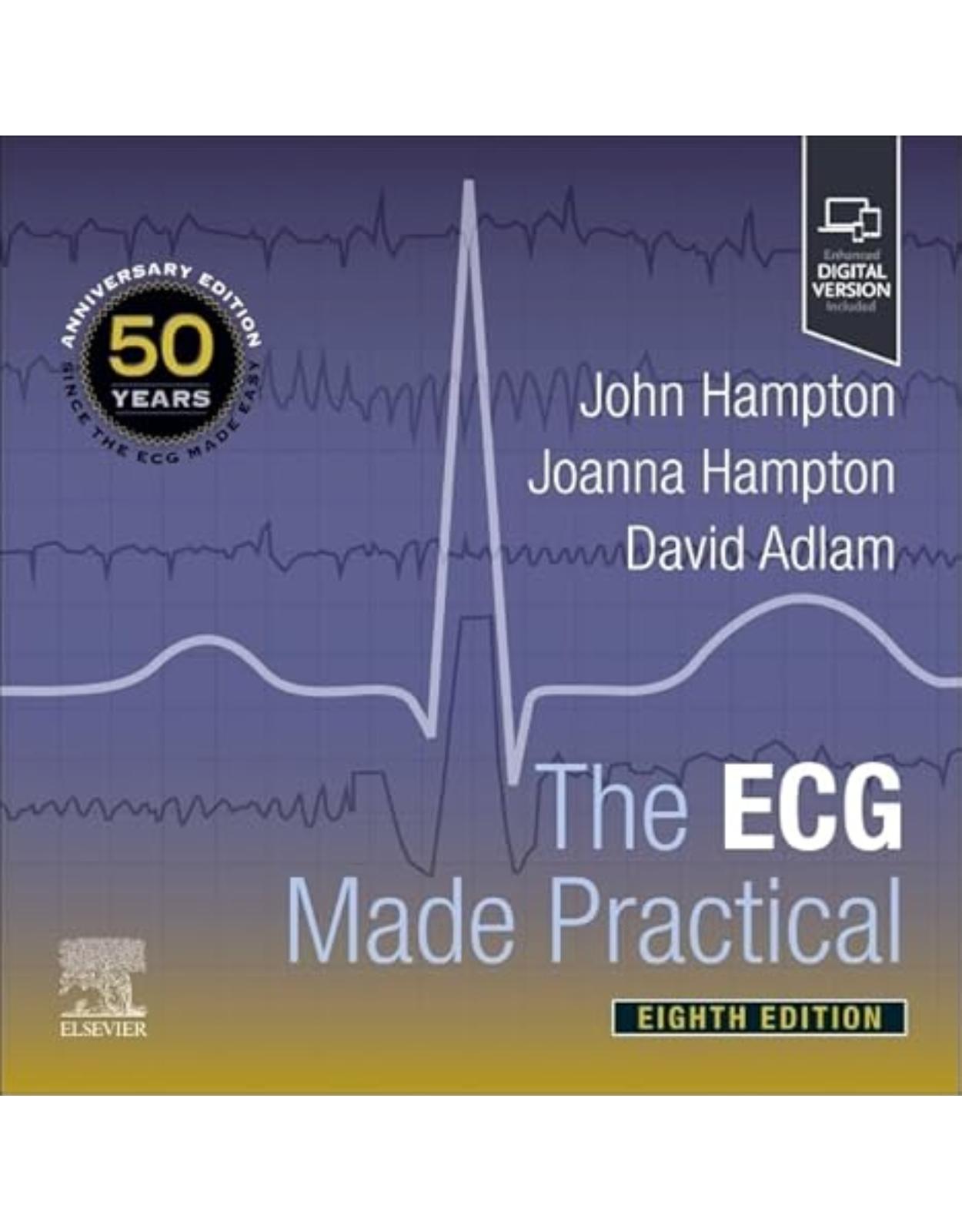
Clientii ebookshop.ro nu au adaugat inca opinii pentru acest produs. Fii primul care adauga o parere, folosind formularul de mai jos.